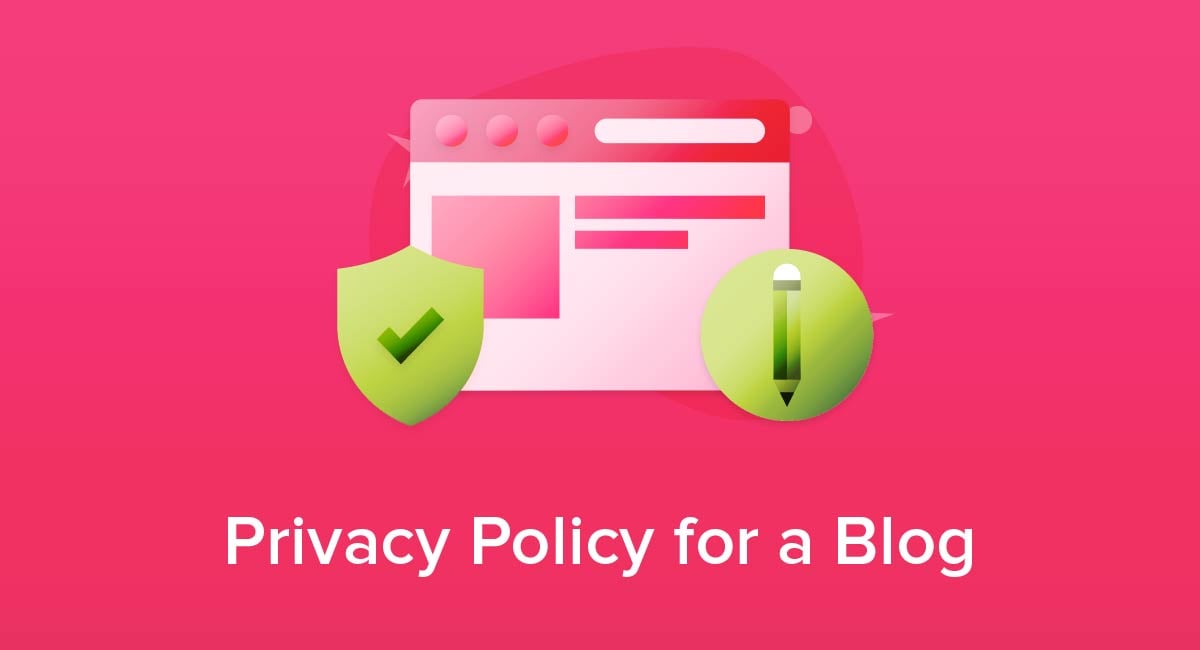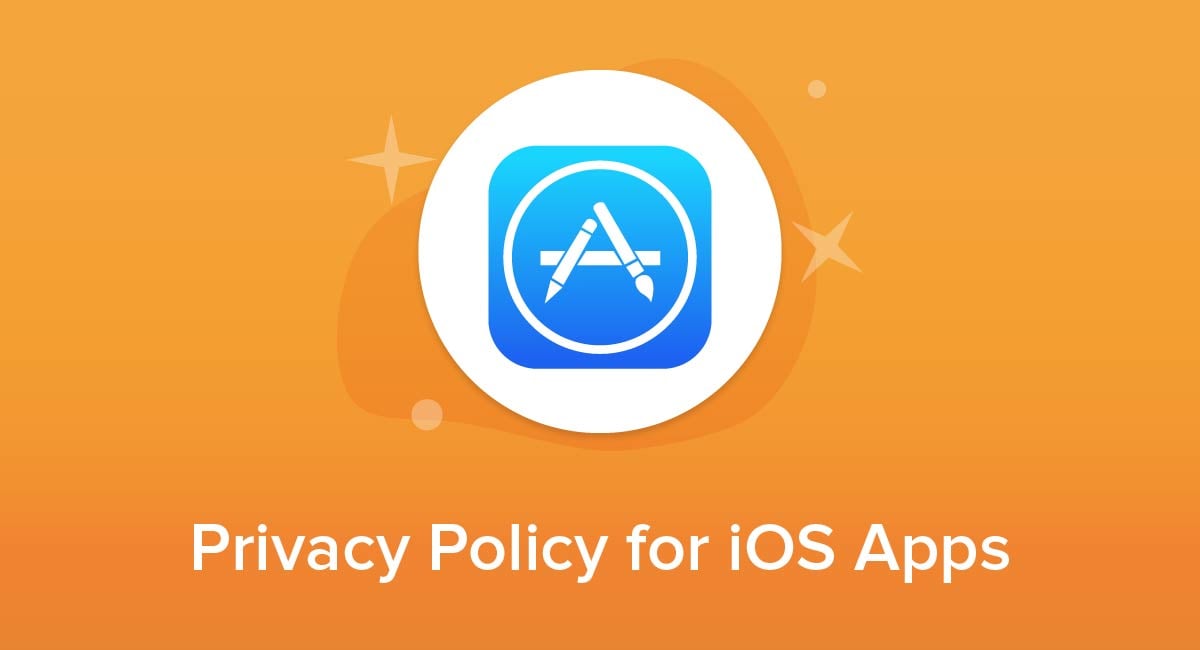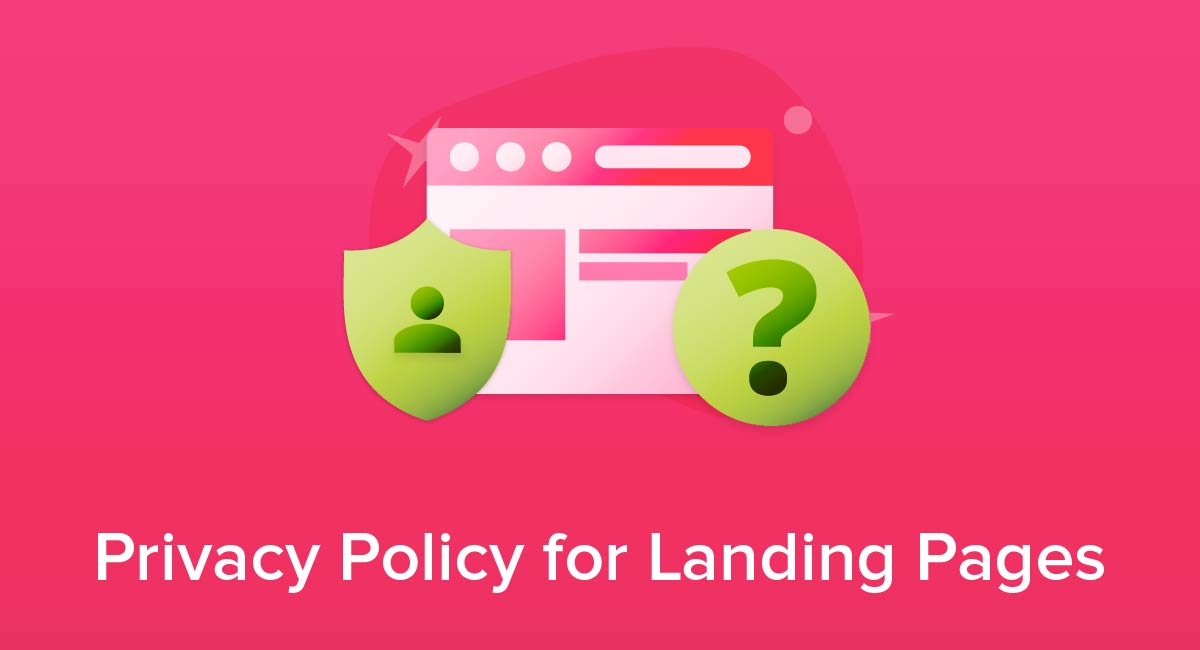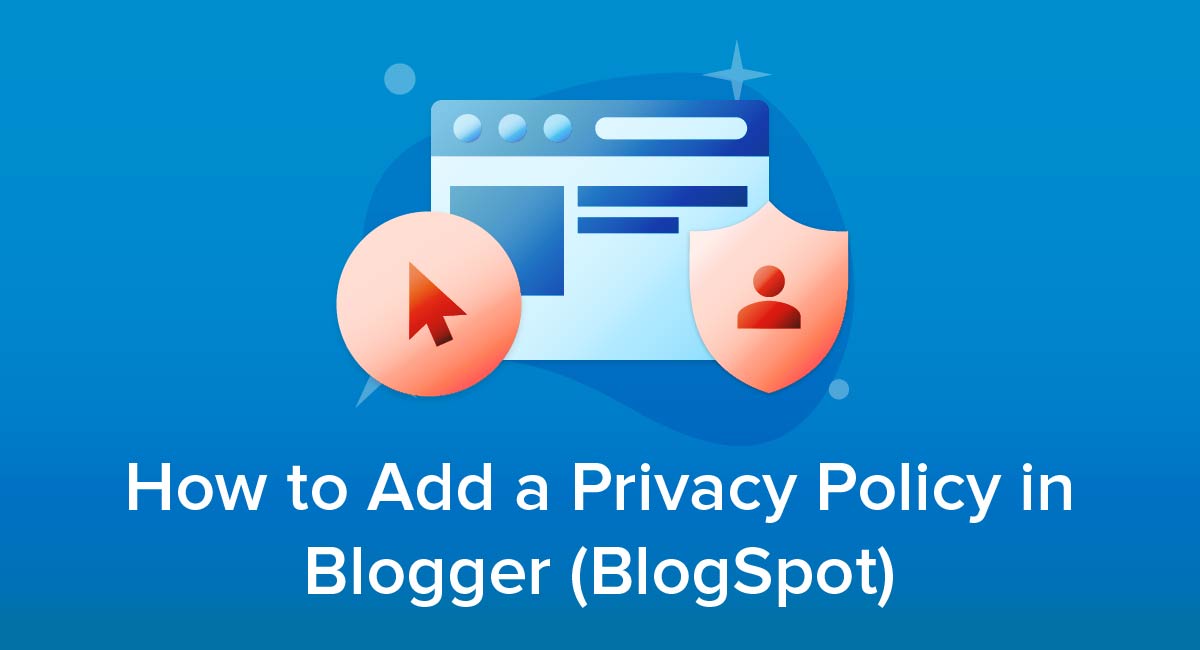
While Blogger (BlogSpot) doesn't specifically require bloggers to have a Privacy Policy, your blog may need this agreement.
If your blog is collecting personal information from people who visit it, a number of privacy laws require a Privacy Policy. Additionally, if your blog utilizes third-party features or functionality (such as Google Analytics or AdSense), these third parties will oftentimes require a Privacy Policy in their Terms of Use agreements.
Why a Privacy Policy is Required for a Blog
A Privacy Policy may be required by law even if not required by Blogger (BlogSpot) directly.
These privacy laws are in place around the world and work to protect the privacy rights of individuals. And they don't only apply to blogs operating from their geographic region.
For example, the EU's GDPR applies when personal information is collected from people in the EU, regardless of where the information collector is located. In other words, if you live in and blog from the United States but have a user base in the EU, you'll fall under the jurisdiction of the GDPR.
Some of the most influential and wide-reaching of these laws include CalOPPA in the United States and the GDPR in the EU.
Something as basic as having an email subscription form on your blog will mean your blog legally needs a Privacy Policy.
Blogger (BlogSpot) allows bloggers to insert an HTML widget where an email newsletter subscription form can be used. If you're using this feature, you'll need a Privacy Policy.
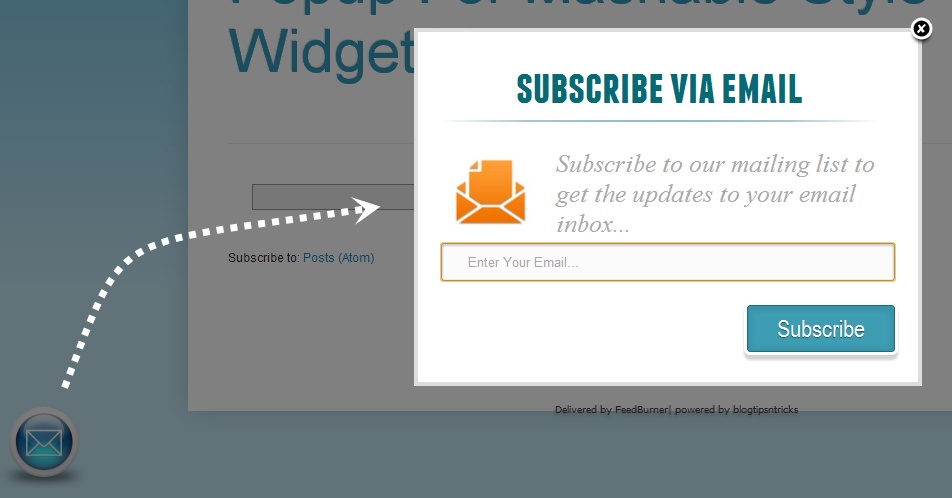
In addition to the law, third parties often require a Privacy Policy if you use their services.
For example, if you sign-up to use Google AdSense to show ads on your blog, you'll have to agree to the AdSense Terms of Service. These terms require you to have a "clearly labeled and easily accessible" Privacy Policy that includes some specific information:
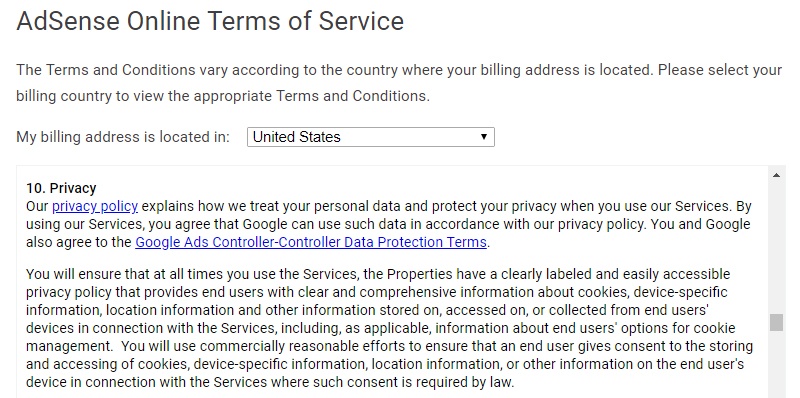
The AdSense Program Policies state that publishers must "have and abide by" a Privacy Policy that discloses specific information, and provides a link to a resource for preparing your policy:

When AdSense users click on the resource link they're taken to very specific instructions for what to include in a Privacy Policy:
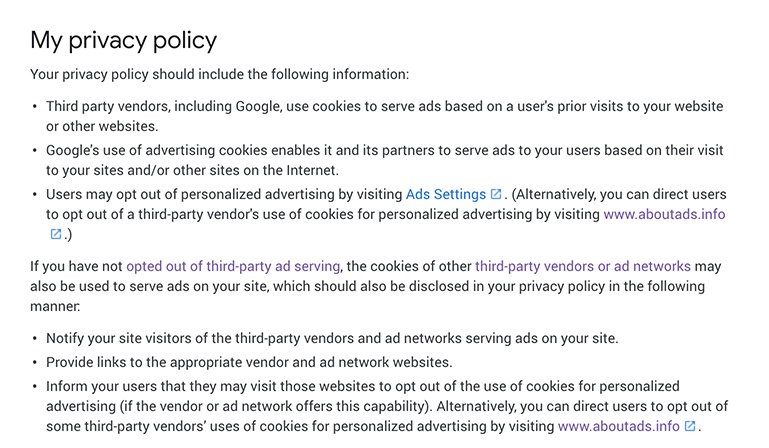
Google states that your Privacy Policy should include the following information:
- That third party vendors, including Google, use cookies to serve ads based on a user's prior visits to your blog
- That Google uses advertising cookies so it and its partners can serve ads to your users based on their visit to your blog and/or other blogs on the internet
- That users may opt out of all of this by visiting the Ad Settings page and other opt-out methods
Your Privacy Policy is where you let your readers know:
- What personal information you collect from them,
- How you collect, use and store this personal information,
- Why you need this personal information, and
- If you let any third parties collect, use or store this personal information
Let's take a look at a few examples of clauses that should be part of your blog's Privacy Policy:
- Information Collection and Use. This is where you inform users what personal information is being collected and how that collected data is used.
- Cookies. This is required by many third parties that you may end up using for your blog such as Google AdSense, Google AdWords and others as discussed above, as well as by the EU Cookies Directive in some cases.
- Links to Other Sites. This clause is usually used by individuals and companies to inform that their websites will contain links to other websites that are not controlled or owned by them. If your blog promotes third-party links like other blogs or recommended sites, you should include such a clause.

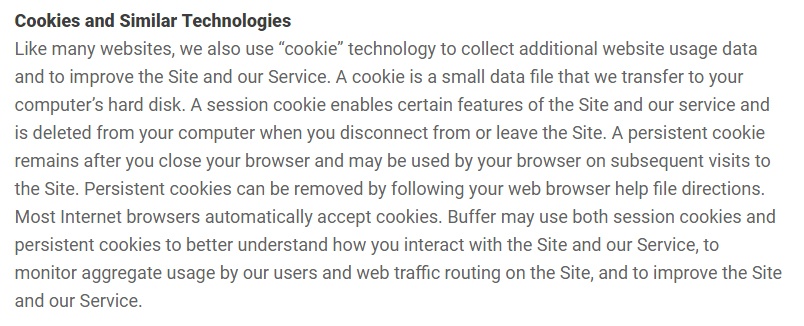
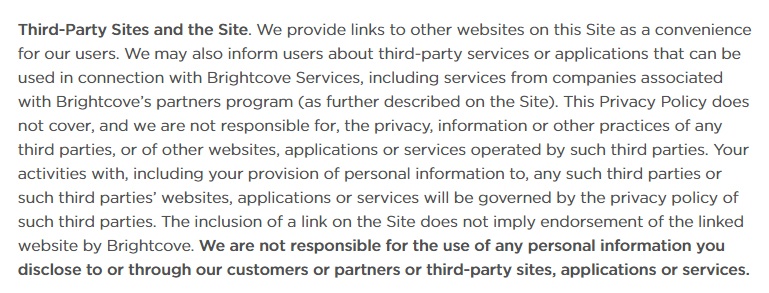
Even if you don't collect, use or store any personal information from your readers, having a Privacy Policy on your blog still comes with a huge benefit.
With privacy issues being more important than ever these days, users are considering Privacy Policies a sign of trustworthiness.
If you don't collect, use or store personal data, let users know that. Your Privacy Policy can be short and to the point, letting users know you don't do anything with their data.
Here's an example from Ecquire that makes it really clear that they don't have any of your data, and it's done in a humorous way:
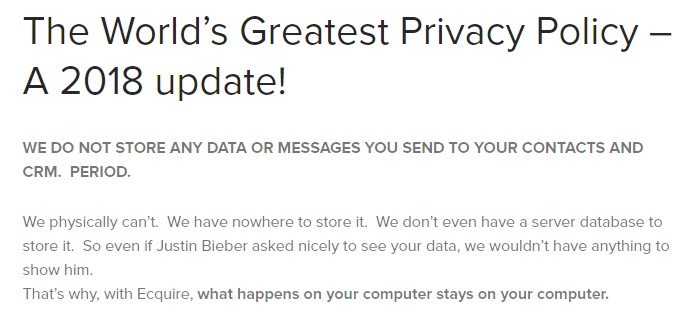
It's never a bad idea to have a Privacy Policy, even if you don't actually need one according to laws or third parties.
How to Add a Privacy Policy on BlogSpot
Here are a few quick and easy steps for adding a Privacy Policy to your BlogSpot blog.
- Sign in to your Blogger account. If you run more than one blog, select which blog you want to add the Privacy Policy to.
- Select Pages in the left menu.
- Click on New Page.
- Title your page "Privacy Policy" and paste the text of your Privacy Policy in the main text box. Click Publish when you're done.
- Look in the left menu again and click Layout.
- Decide which section of your blog you want your Privacy Policy link to show up in. Head to that section and click Add a Gadget.
- A window with available gadgets will open. Scroll down to the Pages gadget and click the blue add icon for it.
- In the Configure Page List window, check the box next to your Privacy Policy page and click Save.
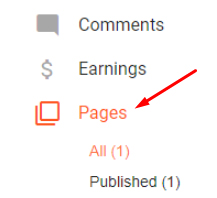


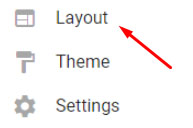


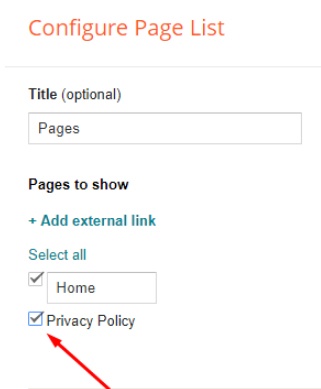
Your Privacy Policy page will now be linked to your blog for your visitors to access.
